When NASA astronauts Butch Wilmore and Suni Williams visited space on Boeing’s Starliner, it was supposed to be an eight-day trip. But it’s been eight months and they’re still stuck there.
Many hurdles presented themselves during the journey, including fuel leaks on the Starliner.
What happened in September
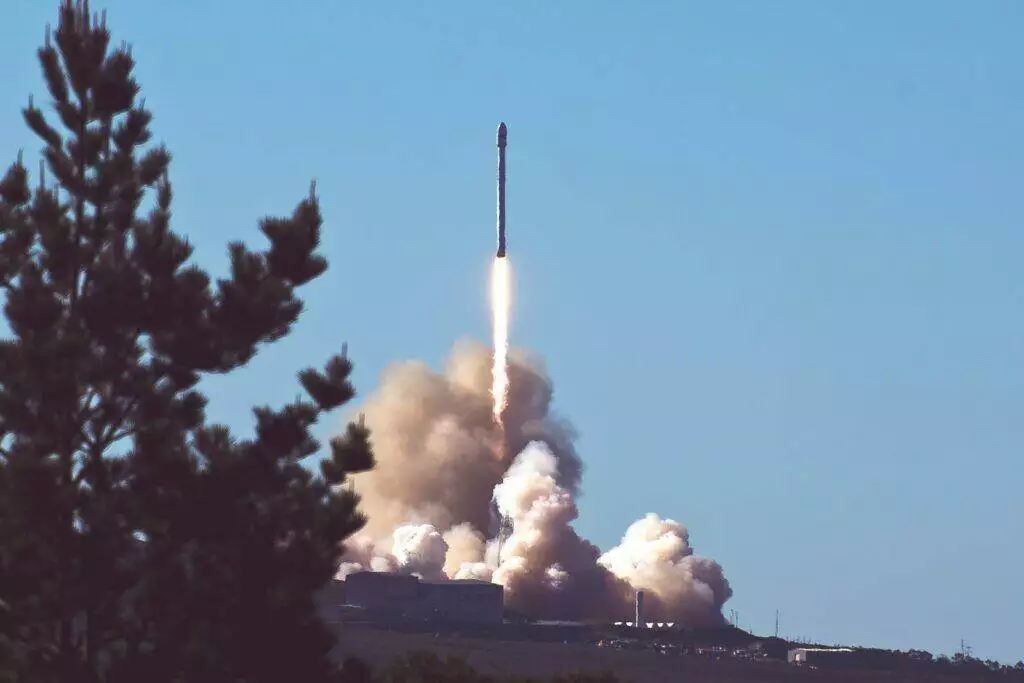
Last September, the astronauts flew on the Boeing Starliner to space but unfortunately, there were numerous problems, including fuel leaks.
As a consequence, the spacecraft was deemed unsafe for bringing the astronauts back home and Wilmore and Williams stayed in the International Space Station (ISS) while the craft was sent back to Earth without them.
Their stay was overextended

The original plan was that their stay wouldn’t last for long but unfortunately, due to delays in the next crew scheduled to handle the operations in the ISS, their stay is being postponed for even longer.
They were supposed to be back in February but now, they have to wait for another two months.
They missed a lot but they’re okay
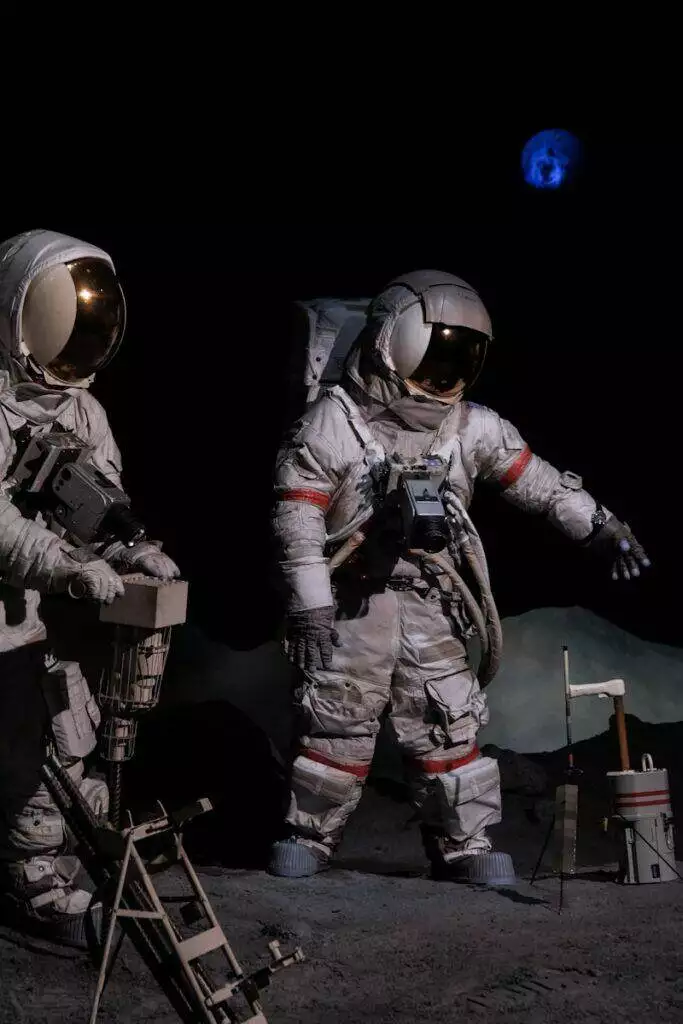
Because of the countless delays they faced, Wilmore and Williams missed out on the Presidential Elections (they were able to vote from space, though), Thanksgiving, and Christmas.
Despite all this, the pair kept their spirits high as they didn’t feel like “castaways” and they had work there to be done anyway.
A space expert raises a warning flag
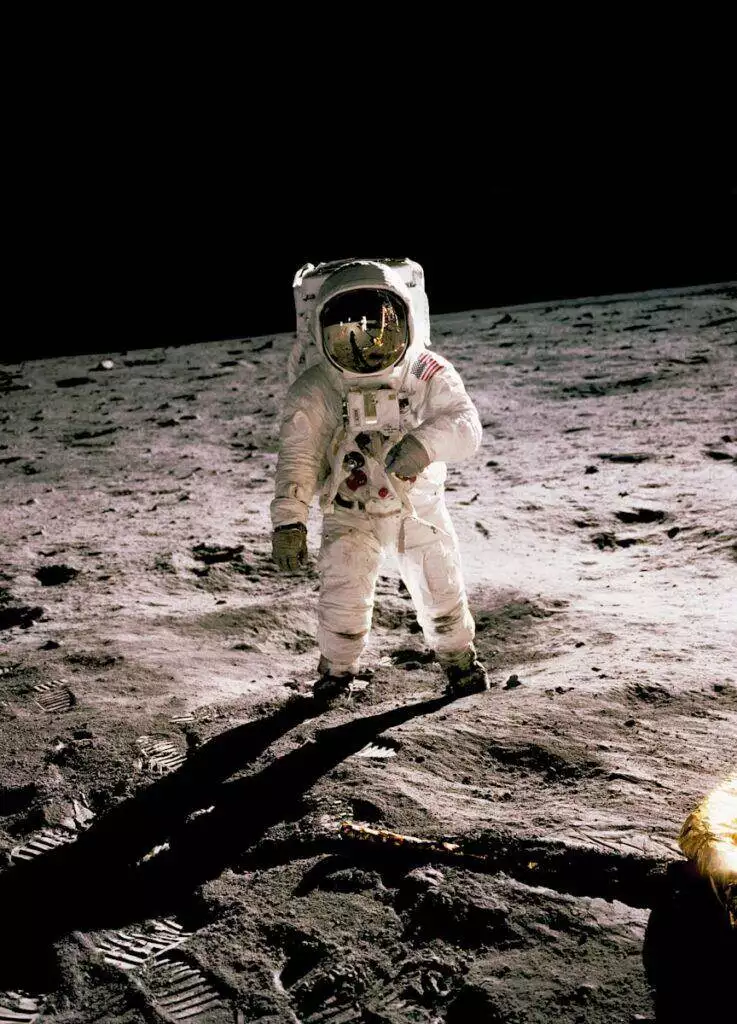
A space expert, Kirsty Lindsay, warns that Wilmore and Williams could be in for a great shock when they come back to planet Earth.
Lindsay is a post-graduate researcher at Northumbria University. She spent two years at the European Space Agency, having worked on human spaceflight programs.
Her current research

Lindsay’s current research sheds light on how to maintain astronaut health and apply these insights to clinical care on Earth. She told The Mirror about her concerns that being in space for a long time can scream chaos in the body.
How being in space affects the body
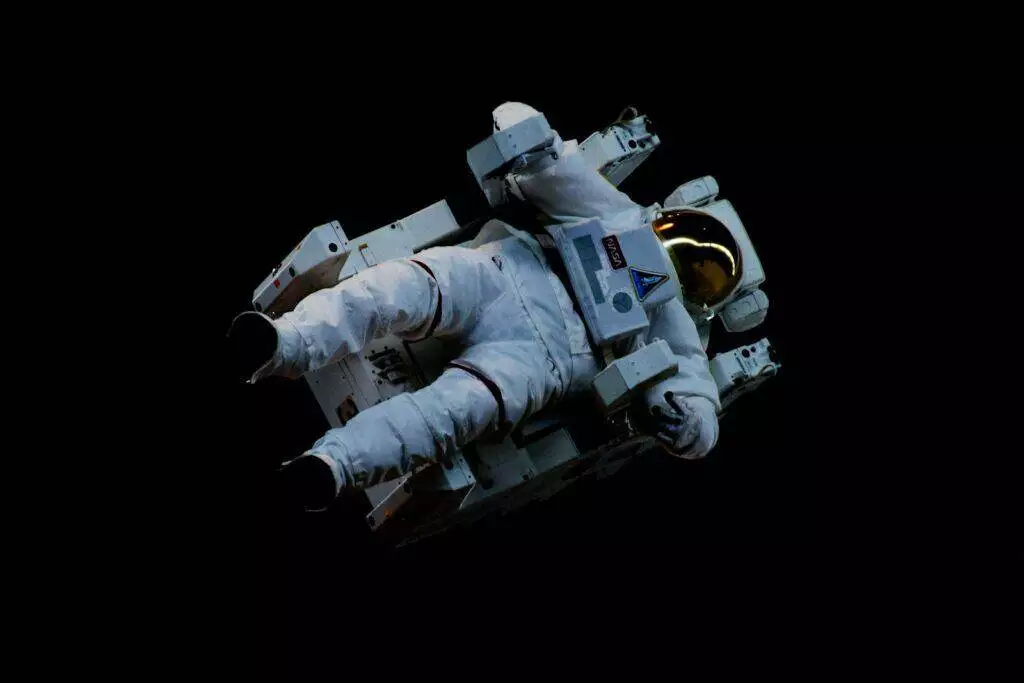
“Floating in weightlessness means we don’t need to use our muscles or bones, causing them to gradually weaken, as well as losing muscle and bone mass, general fitness can reduce, and so can blood volume.” She explained to The Mirror.
It may not be a problem in space, but it sure will be on Earth
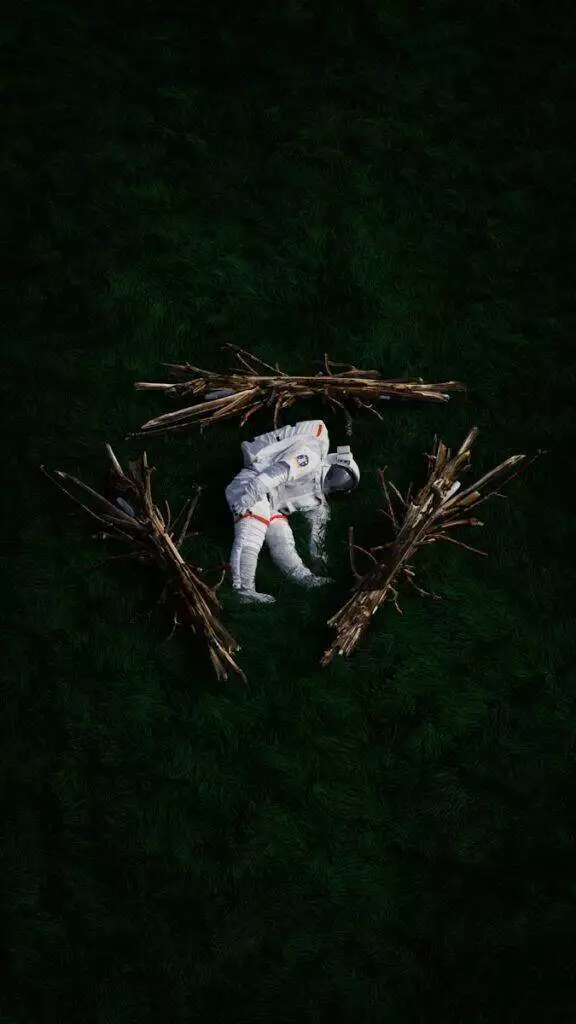
The problem Lindsay is talking about isn’t an issue in space, as the astronauts are equipped with “adaptations” that are put in place. It’s when they’re on earth that the problems will reveal themselves as “gravity starts to pull them downwards again.”
The potential problems lying ahead

“The low blood volume can cause dizziness and fainting, with female astronauts particularly at risk in the first few days after their return,” Lindsay elaborated about what can be expected when the astronauts return back to Earth.
Fret not, there is a solution

Lindsay explained that there’s a way around these dire consequences, and that’s through undergoing a period of “reconditioning exercise and training” when they’re back on earth. They are also required to undergo daily exercise sessions while they’re in space, too.
The kind of exercise they have to undergo
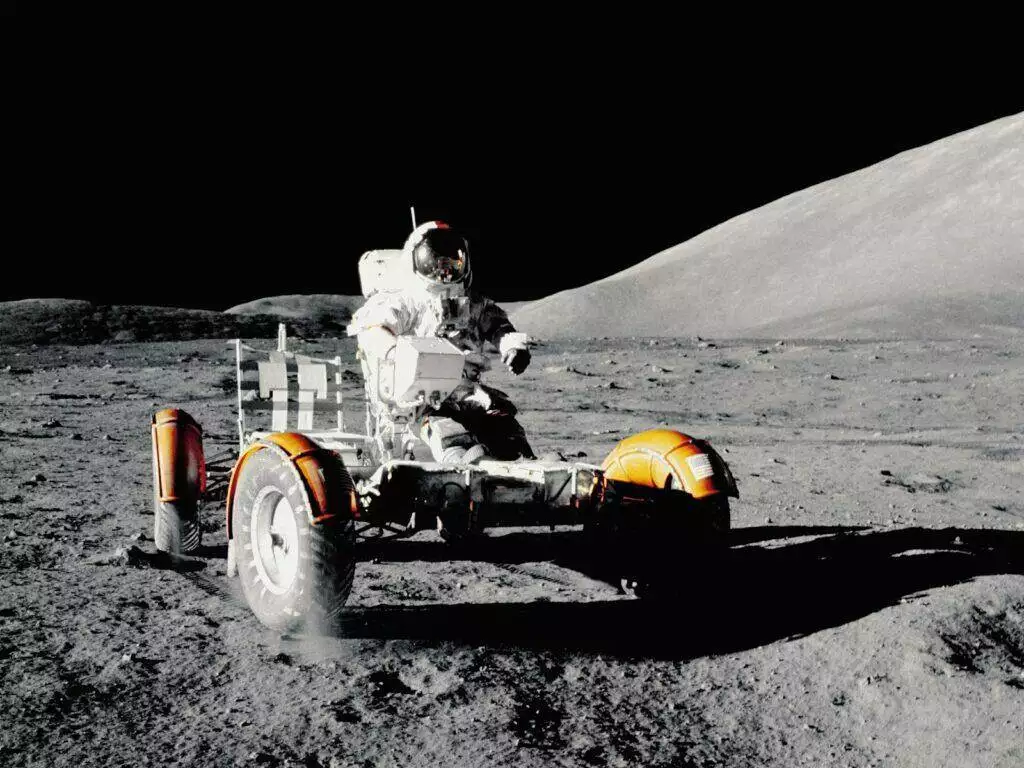
Lindsay recommends that the astronauts do “daily exercise sessions using resistance training on the Advanced Resistive Exercise Device, or ARED, and cardiovascular exercise using a cycle ergometer and treadmill,” for a period of 45 days under the supervision of flight surgeons, nurses, and exercise specialists.















































